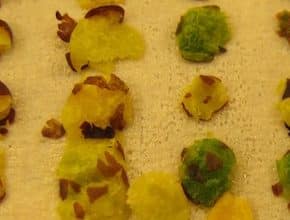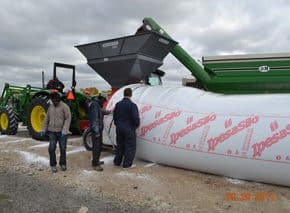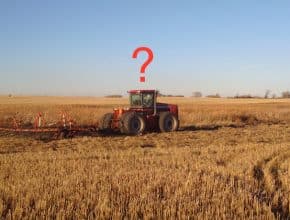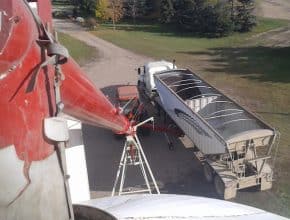Home / Canola Watch / Page 175
-
Late harvested canola fields that were at various stages of growth when swathed may have high levels of green seed. If that is your situation, here are two articles that may be helpful…
-
Harvest bags are best used as a short-term storage solution under Prairie conditions. University of Manitoba researchers made the following recommendations after a three-year bag storage study…
-
This short film explores the truth behind common misconceptions of agriculture, empowering farmers to advocate for their social license to farm. The film will make its debut early January 2016…
-
Western Canada has made great strides in adopting minimum tillage practices that save time and diesel fuel, improve soils and improve sustainability scores. Here are factors to consider before choosing the tillage option…
-
Decisions on what variety, nutrient or crop input product to buy are improved with good data. When looking for data, here are a few clues as to the quality of the data set…
-
Soil sampling is good practice in the fall — whether crop was better or worse than you thought. Why fall? Growers often have more time in the fall than in the spring. And with results and recommendations in hand before winter, growers can use the winter months to plan their fertilizer programs for next year, to order fertilizer, and to…
-
Take notes at harvest to compare harvestability, lodging as well as yield for all varieties on the farm. Growers can use that first hand experience as well as variety comparison data when making seed decisions for next year…
-
Turn on aeration fans to condition canola right after it enters the bin. Monitor all canola bins, including canola that went into the bin dry but hot back a few weeks ago…
-
Canola Watch welcomes Ian Epp, the newest agronomy specialist on the Canola Council of Canada crop protection and innovation team. Ian represents the territory of Northwest Saskatchewan. Click here for contact information for Ian and the whole team…






